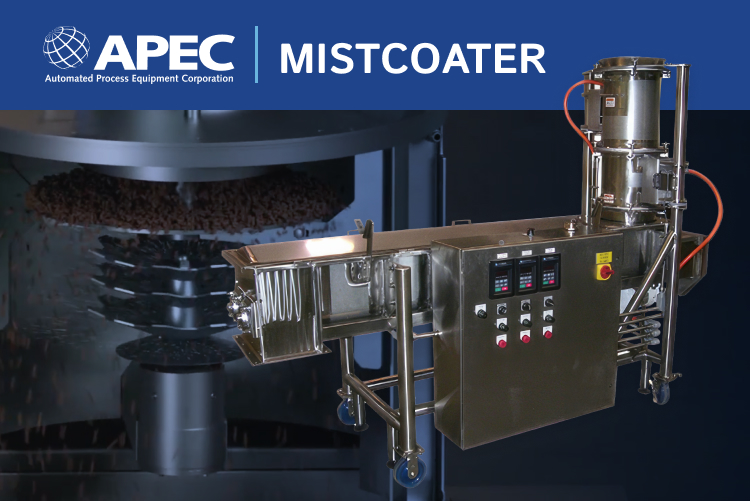
Though pets’ tastes don’t really change year over year, their owners’ interests change, and so does the technology available. The pet food industry is seeing big changes from these shifts. Though we can’t predict the future, we can use data available to make some educated guesses. With this in mind, let’s take a look at new pet food trends in 2023 and how to prepare for them.
New Pet Food Trends in 2023 and How to Prepare for Them
More People Own Pets
This is great news for the pet food industry: more people own pets than ever before. In America, about 70% of households own at least one pet. The most common types of pets are dogs, with about 53% of households having one or more dogs. The next most common type of pet is a cat, with about 35% of households having at least one cat.
Pet ownership has increased steadily over the last several decades, most likely due to Americans’ rise in disposable income. This trend can be seen globally as well. Around the world, about 33% of households own a pet.
In America, pet ownership increased notably during the 2020 COVID-19 pandemic. About one in five households adopted a pet during this time, amounting to over 23 million households. Some evidence suggests that an increase in pet ownership during the pandemic occurred in other countries as well. Though this sharp increase in pet ownership has leveled out some as workers have returned to the office, a steady increase in pet ownership is one pet food trend in 2023 that is likely to continue.
Meeting Pet Food Processing’s Demands for the New Age
Download The Guide
Owners are Closer to Their Pets
The increased interest in pet adoptions and ownership during the pandemic indicates that we turn to our pets for companionship and comfort. Increasingly, our dogs don’t serve a utilitarian purpose, like guarding or herding. Most owners don’t rely on their cats for mousing. Our pets are closer to us, both physically in our space and emotionally in our hearts, than they ever have been. This is a pet food trend in 2023 that has been happening for several decades.
About 88% of pet owners consider their pets to be a part of their family. About 66% allow the pet to sleep in bed with them. An increasing number of pet owners, particularly younger pet owners, are inviting a pet into their home instead of having children. One survey indicates about 22% of Millenials, those born between 1981 and 1996, and Gen Z, those born between 1997 to 2012, would delay or forgo having a child, and wanted a pet instead.
Owners Seek Better Ingredients
An increase in pet ownership and an increase in closeness with pets seem like great pet food trends for processors and manufacturers. However, though pet owners are spending more on pet food and treats, they’re also demanding higher quality products.
More pet owners are seeking more “natural” ingredients. Pet owners are looking for ingredients that are more similar to those that wild canines and felines would’ve encountered in their natural habitats. Or, pet owners are looking for food that is closer in quality to what they themselves would eat. Increasingly, pet owners are researching the content of their pets’ food, and are seeking recipes with more meat and less grain. This trend isn’t limited to the US, either. Pet owners in the UK, Czech Republic, and Greece, among others, are looking for better quality ingredients for their pets.
While traditional dry kibble is still the leading form of pet food, sales of other types of food are growing. So-called “kibble plus,” which includes a mix of kibble and freeze-dried pieces of meat and vegetables, now accounts for 9.5% of pet food sales. Dehydrated, freeze-dried and frozen foods also saw increases.
In a survey by the American Pet Products Association (APPA), about 50% of respondents said they preferred pet food and other pet products that consider “humanization, premiumization and sustainability.” This includes ingredients that are closer to those suitable for human consumption, non-GMO foods, novel proteins, superfoods, ancient grains and plant-based foods. Pet owners are also increasingly concerned with sustainable and humane sourcing of pet food ingredients.
How Can Pet Food Manufacturers Prepare?
These trends present both opportunities and challenges for pet food manufacturers. There are more pet owners than ever, and they’re spending more on their pets. However, pet food processors must also be aware that pet owners are becoming increasingly concerned about what’s in their pets’ food. There are several strategies that can allow pet food manufacturers to take advantage of these trends.
- Product Improvement: Taking a closer look at ingredients, and utilizing ingredients that are more natural, nourishing, or sustainable can help your products keep up with pet food trends. Consider ingredients that are GMO-free or sustainably grown.
- Product Diversification: Dry kibble isn’t going away soon. However, taking a look at emerging products in the dehydrated, freeze-dried, frozen or fresh food market and considering acquisitions can help you take advantage of pet food trends in 2023 and take advantage of new opportunities.
- New Product Development: Acquisitions are one way to diversify your products and keep up with new trends. However, developing new products often provides more control over formulation, manufacturing, and marketing. Consider how premium, grain-free, or, contrastingly, vegan pet foods might fit into your brand and product mix.
Like most new things, new pet food trends in 2023 and beyond can be considered opportunities or risks. Consider your plan carefully and you can turn these trends into big wins for your brand.







